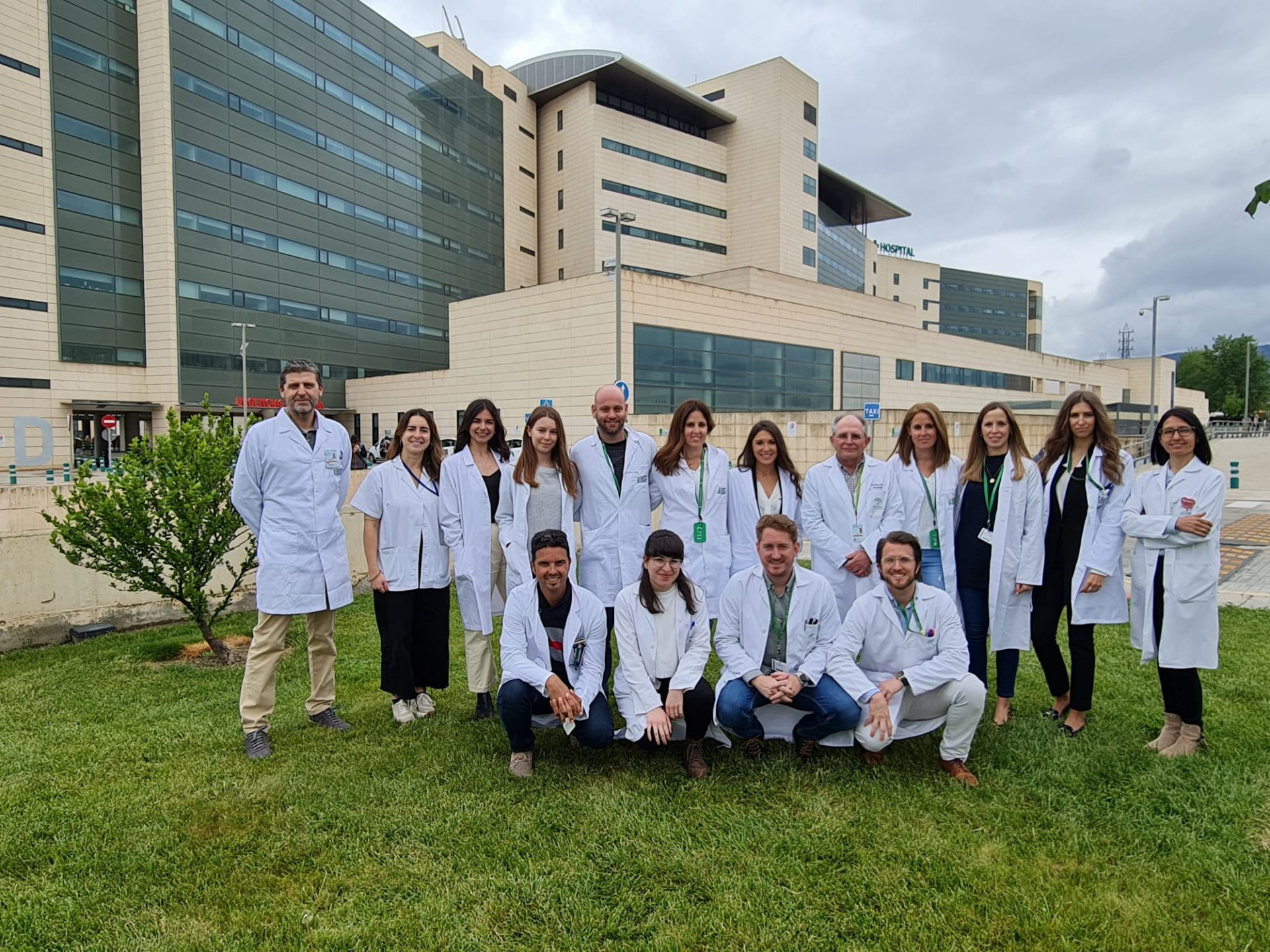
A research team from the ‘Camino de Purchil’ Centre of the Andalusian Institute of Agricultural, Fisheries, Agrifood and Organic Production Research and Training (IFAPA) in Granada, the ‘Hinojosa del Duque’ IFAPA Centre in Córdoba, and the University of Granada (UGR) have demonstrated the ineffectiveness of microclimatic protection in improving the survival and development of holm oaks (Quercus ilex subsp. ballota).
With this information, private owners and managers of public dehesas (open oak woodlands characteristic of the Iberian Peninsula) can plan the repopulation of these areas more successfully. In addition, livestock farmers stand to benefit from the replenishment of acorns, which are a key food source for the Iberian pig and are regarded as a defining element of dehesas. IFAPA ‘Camino de Purchil’ researcher Francisco Bruno Navarro explains that: “Holm oaks also provide important ecosystem services and a dehesa without trees is currently inconceivable. By seeding directly, we favour the natural development of the holm oak’s root system, its taproot, which can improve its resilience to the new climate scenarios that are already occurring.”
Specifically, the experts determined that the microclimate generated by the tree shelters did not significantly increase the survival of either the seedlings grown from directly seeded acorns, or the seedlings from the IFAPA ‘Camino de Purchil’ nursery in the province of Granada. In contrast, factors such as the initial quality of the nursery-grown seedlings and the mass of the acorns (key indicators of viability), as well as adequate soil treatment and early-stage care, had a positive impact on germination, survival and development.
This information helps to simplify the restoration process in dry Mediterranean areas, which usually requires long periods of preparation in nurseries, the transport and planting of seedlings, and the installation of plastic tubes, resulting in higher economic and logistical costs.
Survival
The study, entitled ‘Microclimatic effects of tree shelters on the early establishment and resilience of seeded acorns vs. outplanted seedlings’ and published in the Journal of Environmental Management, was carried out over 5 years. It compared the emergence, survival and resprouting rate of holm oak seedlings that were protected by different types of shelters: closed plastic tubes, mixed tubes, cork shelters and tiles, as well as a control with no shelter. In total, 600 acorns were sown and 300 nursery-grown seedlings were planted. Additional variables such as mother tree and initial acorn mass were also analysed.
The researchers found that the installation of microclimatic protection did not improve the survival or development of the plants, whether seeded or outplanted. The emergence rate of seeded acorns (Quercus ilex subsp. ballota) was increased only by the closed plastic tubes, with a 22% difference compared to the control.
However, this type of shelter did not improve their survival rate and caused abnormal growth in all the plants due to a sharp reduction in the amount of light entering the tubes. As Francisco Bruno Navarro, the study’s principal investigator, explains to the «Fundación Descubre» Andalusian Foundation for the Dissemination of Knowledge and Innovation: «If protection against both domestic and wild herbivores is required, this should be done using wire mesh or other types of protection that do not alter the microclimate and are suitable for each type of animal. More attention should also be paid to the quality of the plant or acorn, soil treatment and control of weed competition».
In addition, the researchers propose the direct seeding of holm oak acorns as a strategy to improve the restoration of dehesas, whose main environmental problem is the lack of regeneration. The experts assert that this method is as effective as growing seedlings in a nursery, provided that acorns of a larger size and mass are selected from mother trees with a high germination capacity —indicators of their quality and viability—, and that the environmental conditions during the early stages of growth, such as competition with weeds and predators, are also controlled.
Recommendations
The use of direct seeding limits intermediate steps, thereby reducing the amount of resources required and facilitating the implementation of large-scale projects in degraded ecosystems.

Direct seeding simplifies the restoration process in dry Mediterranean areas.
The researchers therefore also recommend this method in order to prevent the introduction of possible pathogens, such as fungi, which may arise in nurseries. Furthermore, they suggest using specially designed shelters to prevent predation by animals such as pigs, cows and sheep, as well as wild animals such as deer and mountain goats, and avoiding plastic shelters that could disturb the plant’s microclimate or contaminate the environment.
The research was funded by the European Regional Development Fund (ERDF) and the Regional Ministry of Universities, Research and Innovation of Andalusia.
References
Navarro, F. B.; Ripoll, M. Á.; Carbonero, M. D. y Jiménez, M. N. (2024). ‘‘Microclimatic effects of tree shelters on the early establishment and resilience of seeded acorns vs. outplanted seedlings’. Journal of Environmental Management, 370, 122694.
Translated version: This text has been translated into English by the Language Services Unit (Vice-Rectorate for Internationalization) of the University of Granada.



